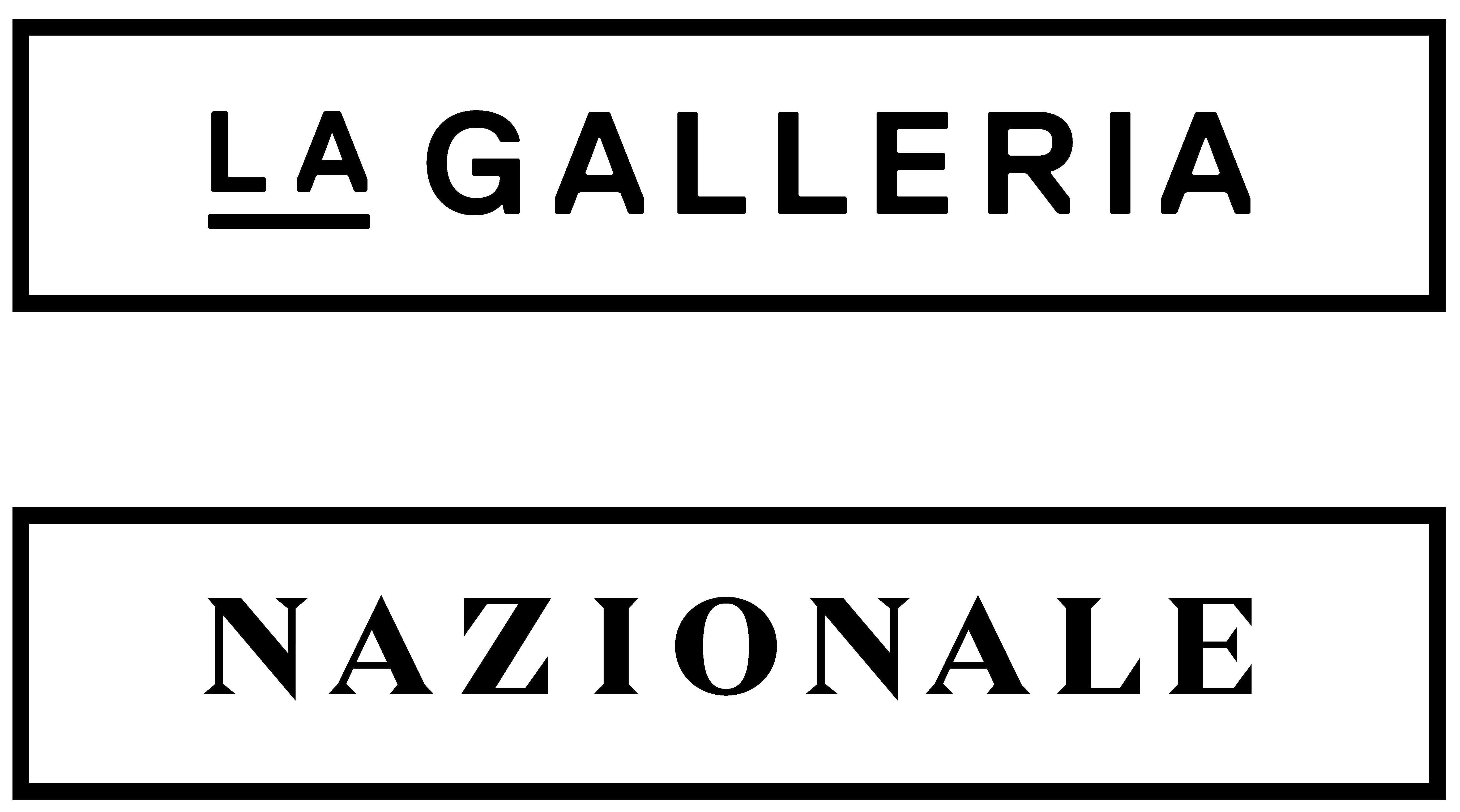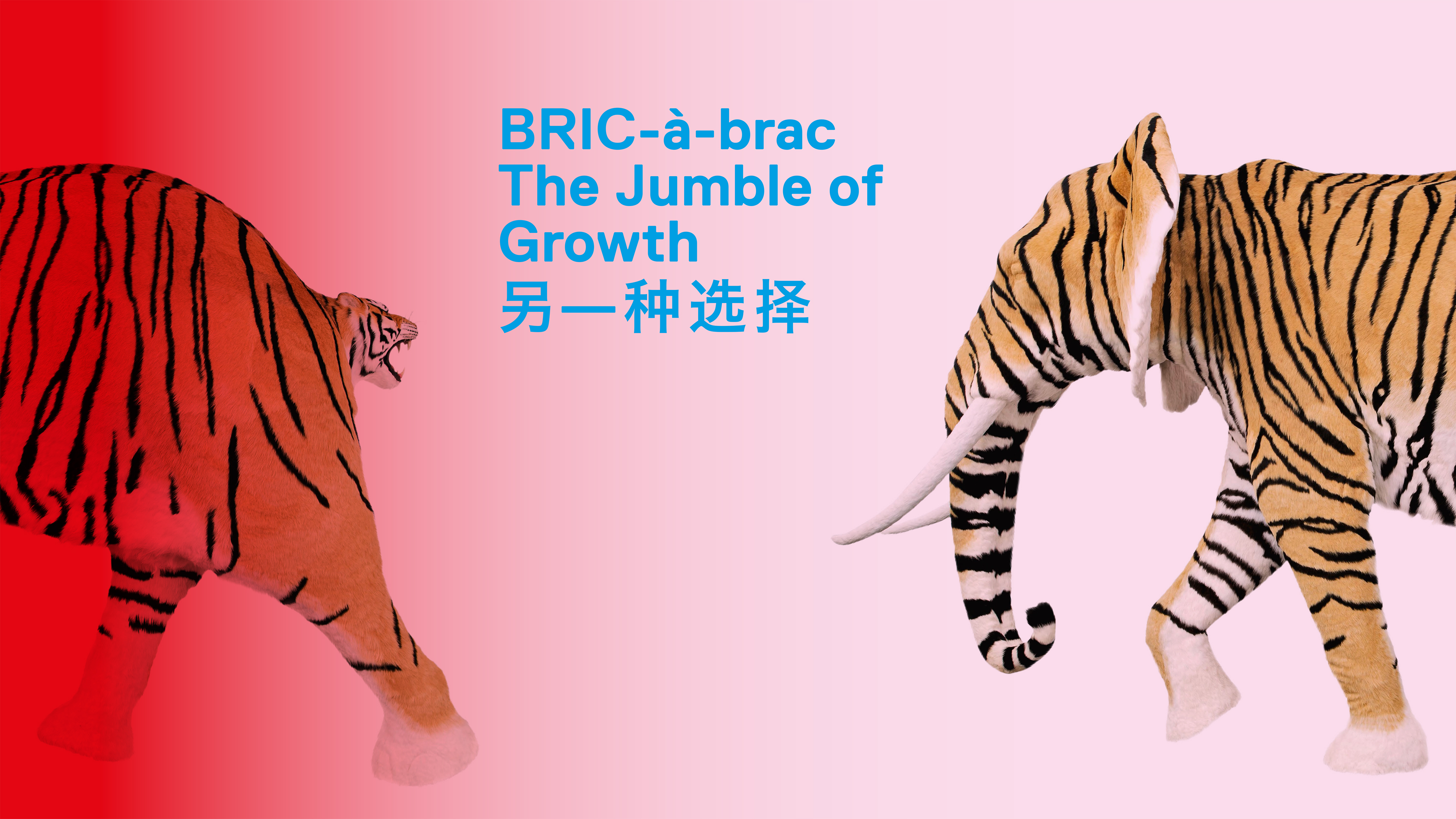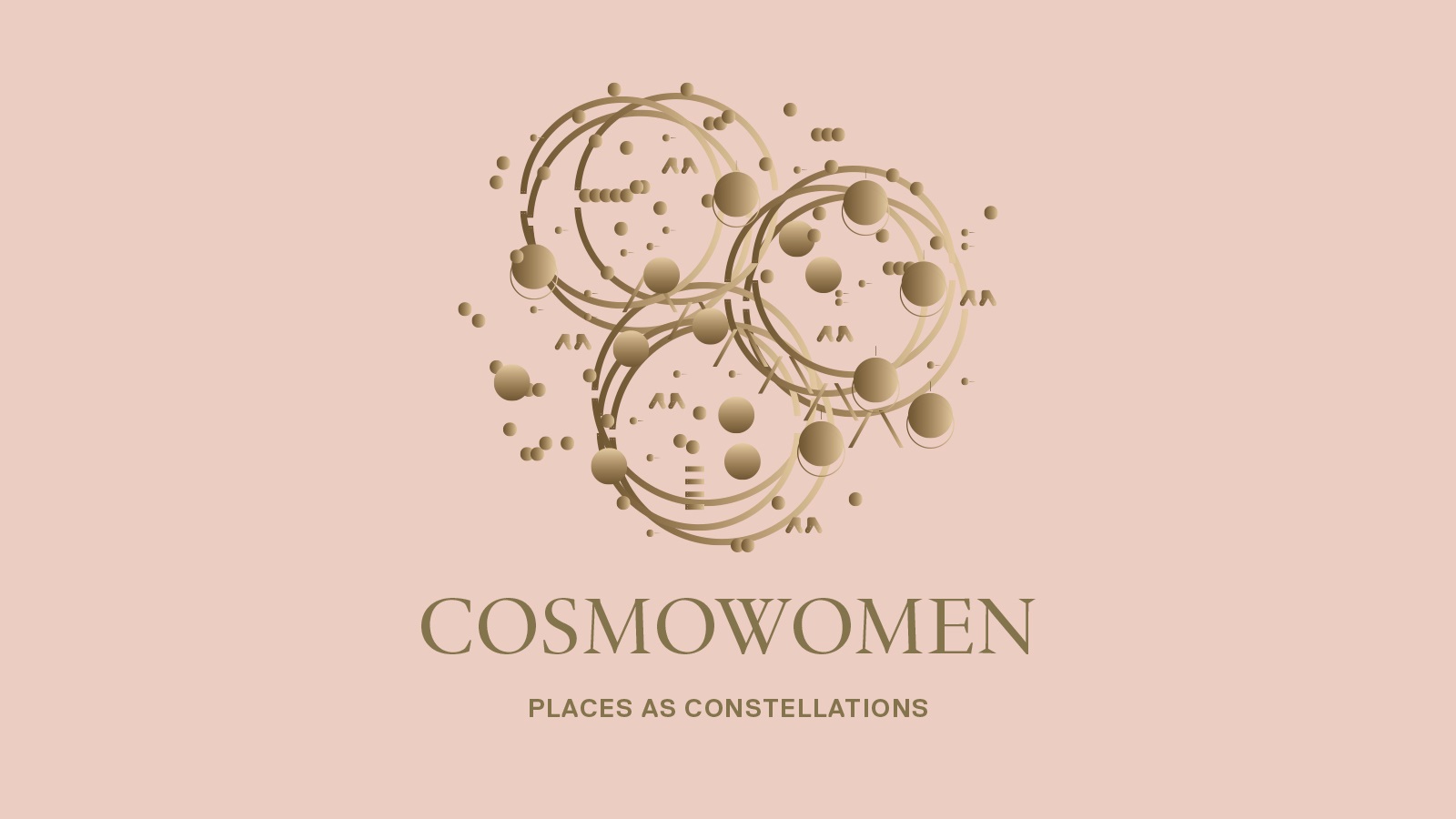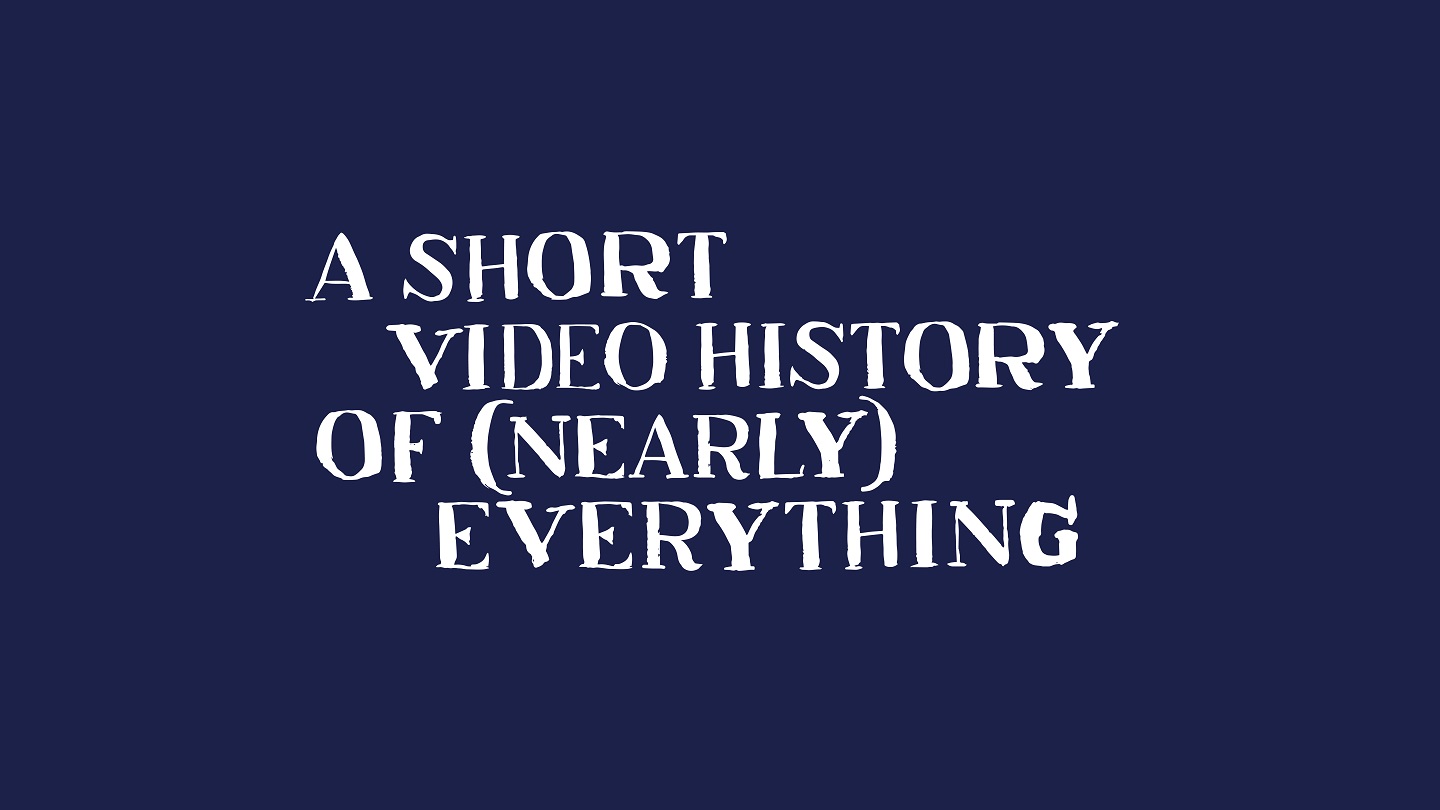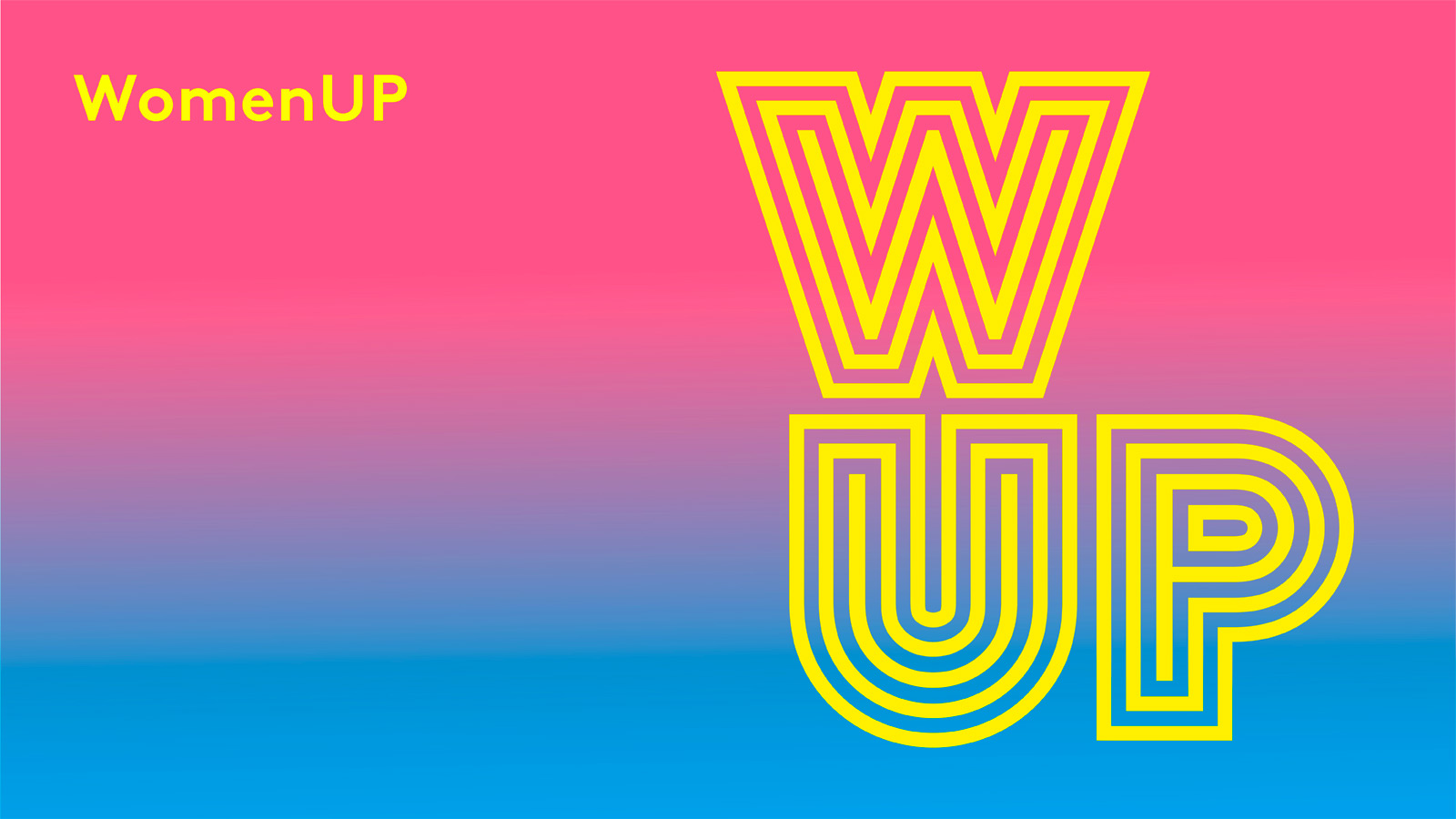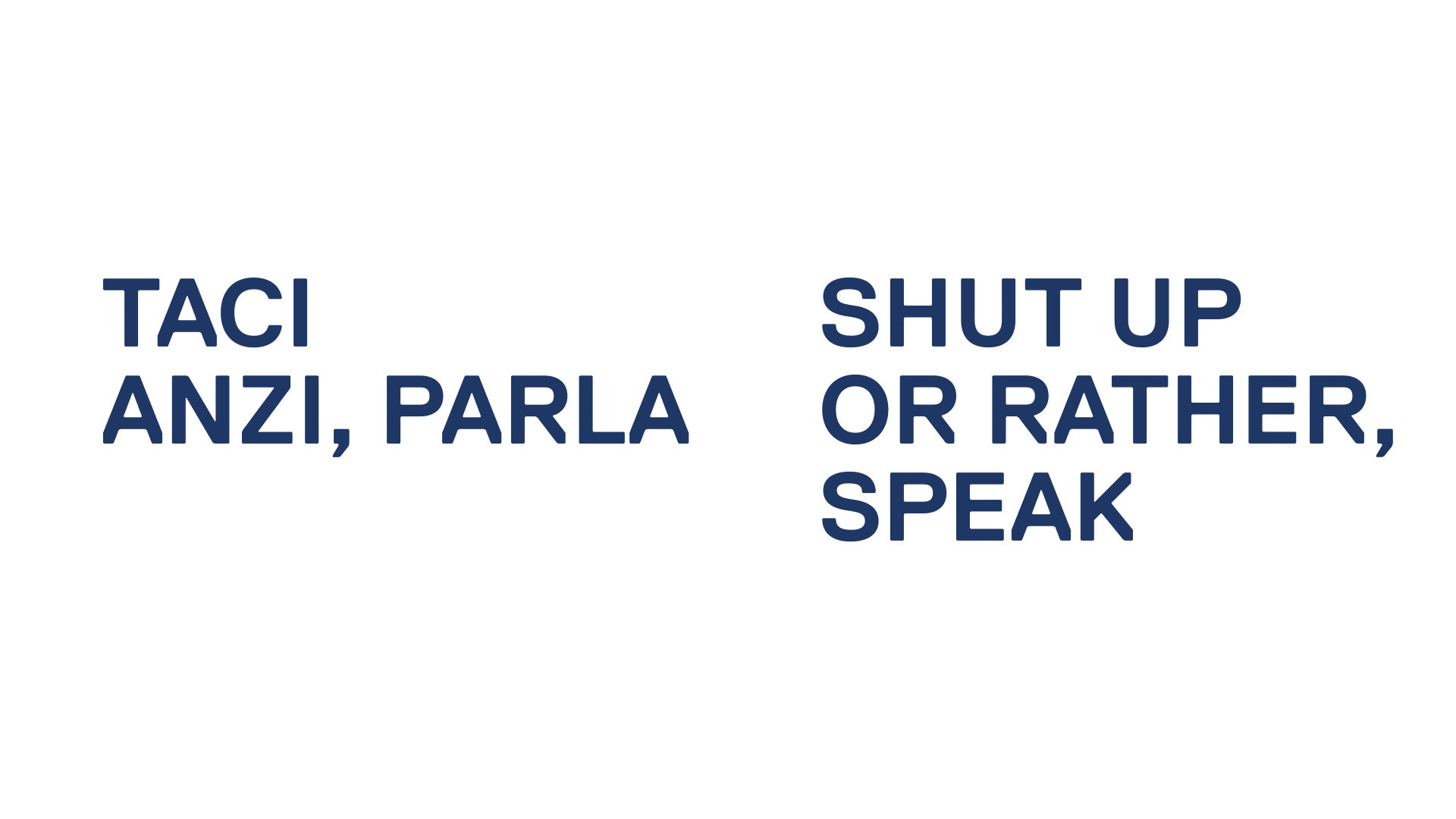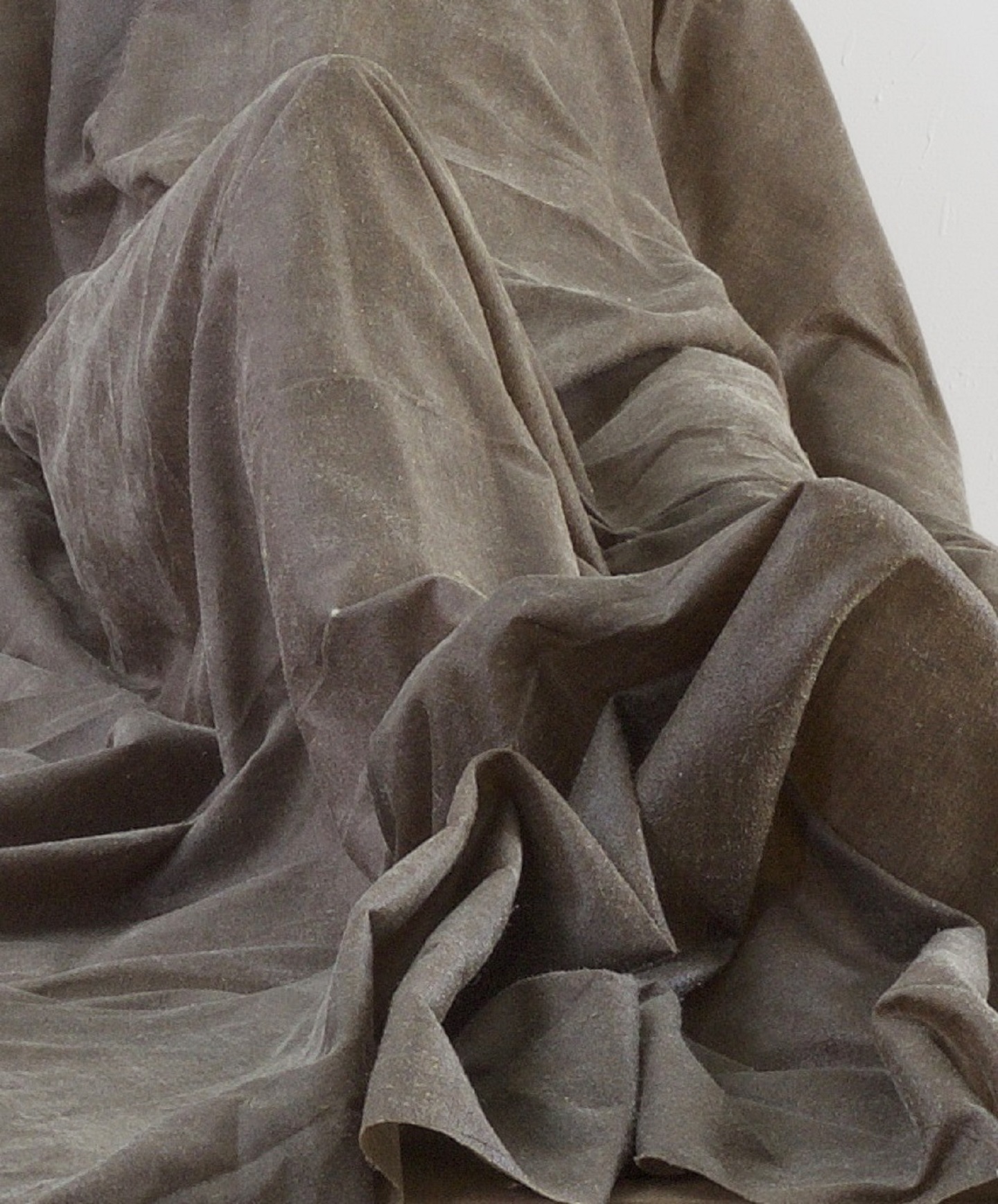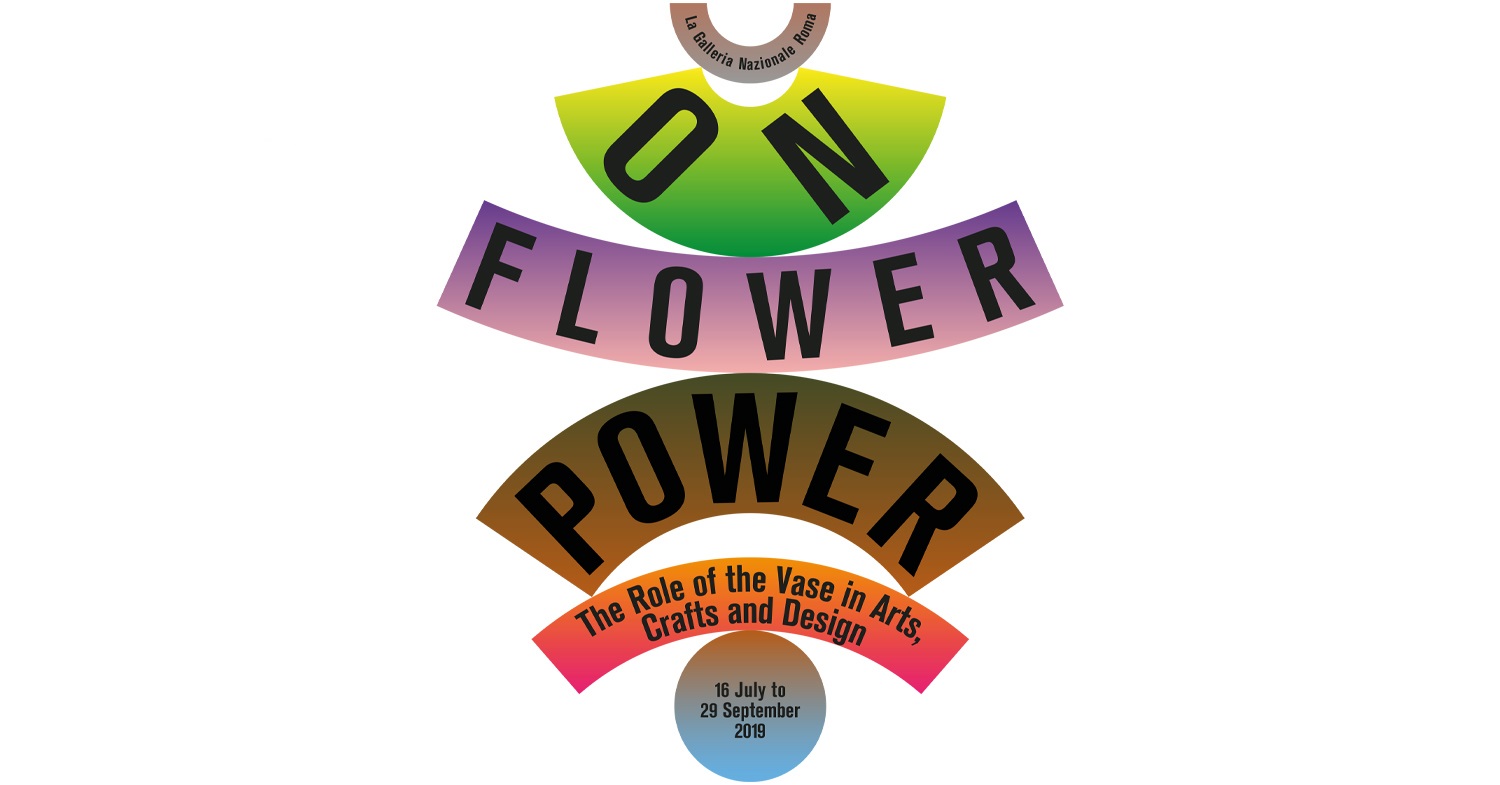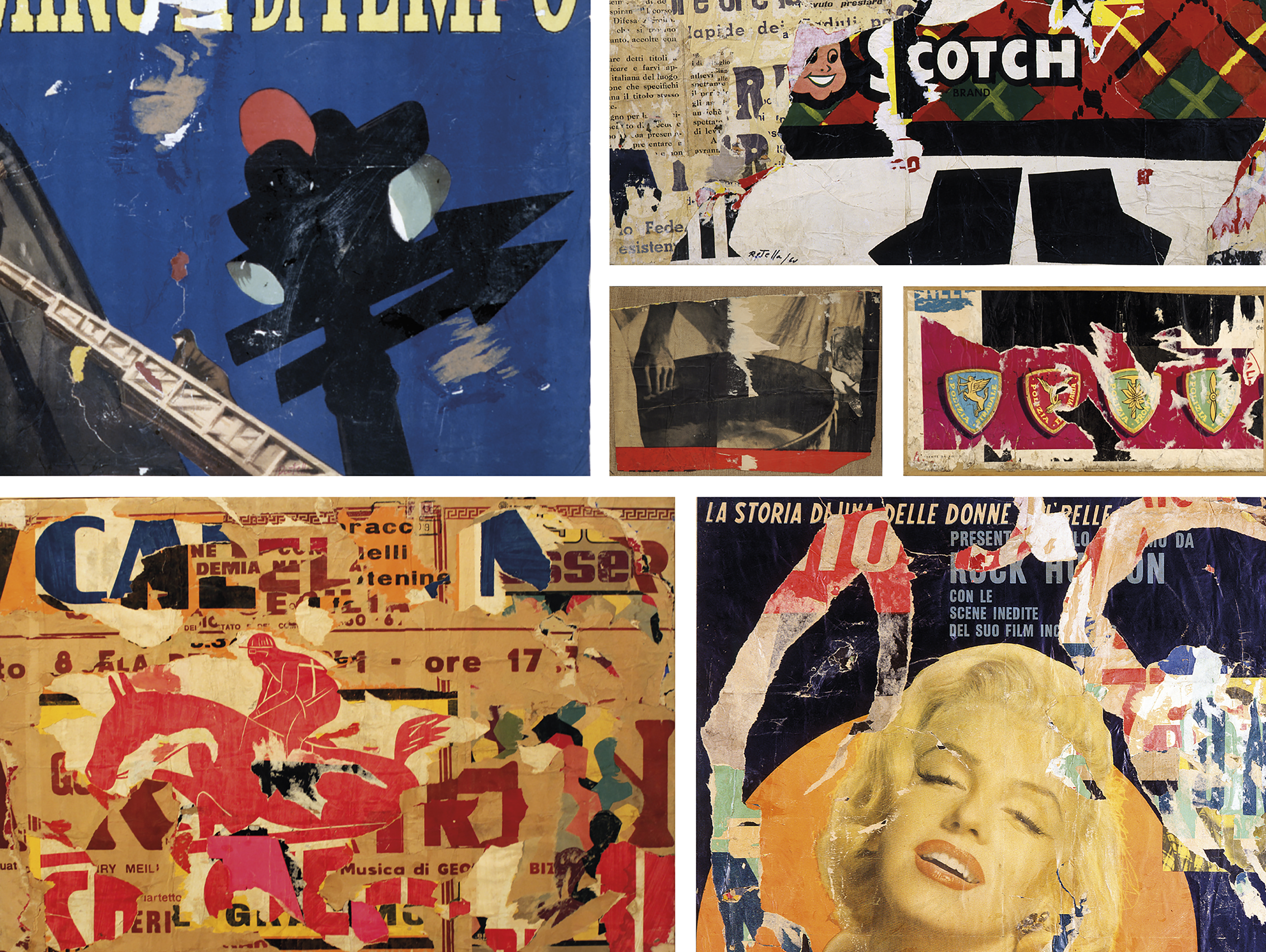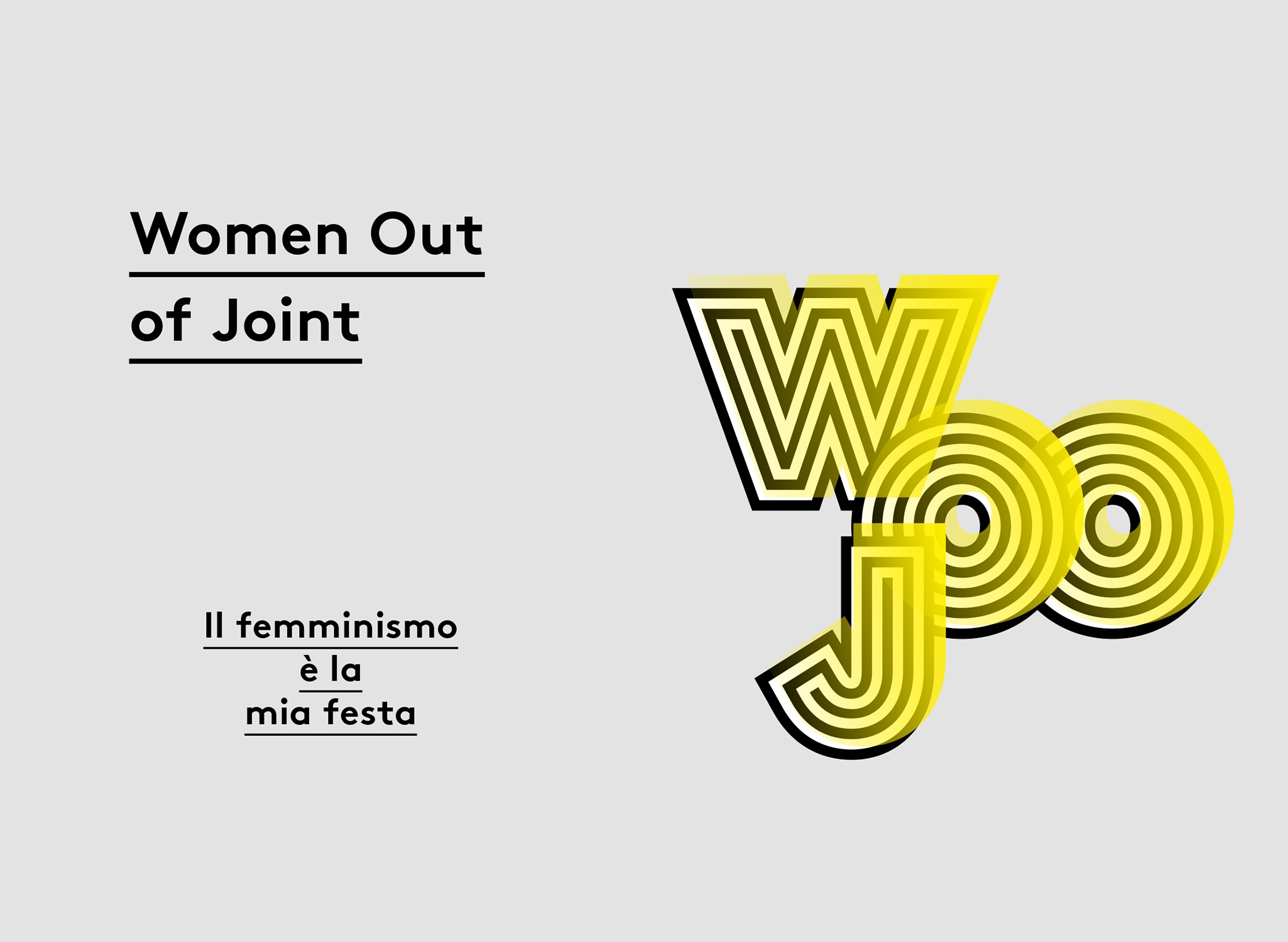July 17–October 14, 2018
Rome 00197
Italy
T +39 06 3229 8221
gan-amc.uffstampa@beniculturali.it
The Galleria Nazionale d'Arte Moderna e Contemporanea presents BRIC-à-brac | The Jumble of Growth, an exhibition curated by Huang Du and Gerardo Mosquera. The show explores the process of economic, social and cultural transformations brought about by countries where emerging market economies are growing dramatically at a global scale. It examines the various ways in which art has participated in or reacted to some of the transitions involved, and to their effects on culture, society and the individual.
The French expression bric-à-brac refers to jumble or to an uneven group of things, with an undertone of confusion. The first word of this idiom coincides by chance with the acronym BRIC—Brazil, Russia, India and China—launched in 2001 by economist Jim O'Neill to discuss the major global economic role that these countries are playing. The acronym has come into widespread use to epitomize a historic process: the dramatic increase of the developing world’s global economic power, which has come to play a leading international role in the post-Cold War era.
This shift is a decisive outcome of globalization that is having a planetary impact not only in economy, but also in politics, society, the environment, culture, and life. It is changing the way in which modernity and colonialism had structured the world. Traditional divisions between First and Third Worlds have exploded, giving way to a mixed, more decentralized distribution of roles. The new situation not only involves the BRIC countries, but many other emerging economies. Although some of them are suffering the general economic constraints in today’s world, they are changing the global status quo—and its chart of power—diversifying the former exclusivism of the hegemonic G-7 countries. The Chinese title of this exhibition, Another Choice, stresses the heterodox character of this mutation and, in a way, its “democratization” of world’s macro-economy.
The new powerful market economies are rising from critical situations of underdevelopment. They are experiencing high-speed growth, industrialization, and major internal market expansion, accompanied by fast, uneven modernizations, in many cases in the midst of traditional societies. Sharp contrasts prevail in society as a result of these radical transformations. A bric-à-brac of disparate situations and processes distinguishes vibrant societies going through speedy—sometimes messy—heterodox adjustments.
This show explores these economic, social and cultural contrasts and contradictions. It looks into the “BRIC” as epitome of huge quantitative transformations that are changing the world, focusing on the “à-brac” of qualitative complexities that economic growth has unchained in society.
Many artists around the world react to, express, or discuss these issues, creating profound insights to these contemporary problems. Some of them tackle social problems while others are more oriented toward subjectivities, or connote the exhibition’s theme in an indirect way. All of the artists illuminate the complexities addressed by the show through artworks of great artistic and aesthetic impact.
BRIC-à-brac | The Jumble of Growth is the result of a cooperation between the Galleria Nazionale d'Arte Moderna e Contemporanea in Rome and the Today Art Museum in Beijing.
Artists
Wim Delvoye (Belgium); Ana Maria Maiolino, Cinthia Marcelle (Brazil); Wang Goufeng, Wang Guangyi, Ni Haifeng, Wang Lijun, Tian Longyu, Lei Lu, Weng Fen, Gao Weigang, Yang Xinguang, Lu Zhengyuan, Du Zhenjun (China); Young-hae Chang Heavy Industries (South Korea); Wilfredo Prieto (Cuba); Shilpa Gupta (India); Jamal Penjweny (Kurdistan, Iraq); Enzo Cucchi, Francesco Clemente, Renato Mambor, Mimmo Rotella, Giulio Turcato (Italy); Damián Ortega (Mexico); Mounir Fatmi (Morocco); Donna Conlon/Jonathan Harker (Panama); Jirì Kolár (Czech Republic); AES+F (Russia); Cristina Lucas, Fernando Sánchez Castillo (Spain); Kendell Geers (South Africa); Thomas Hirschhorn (Switzerland).
